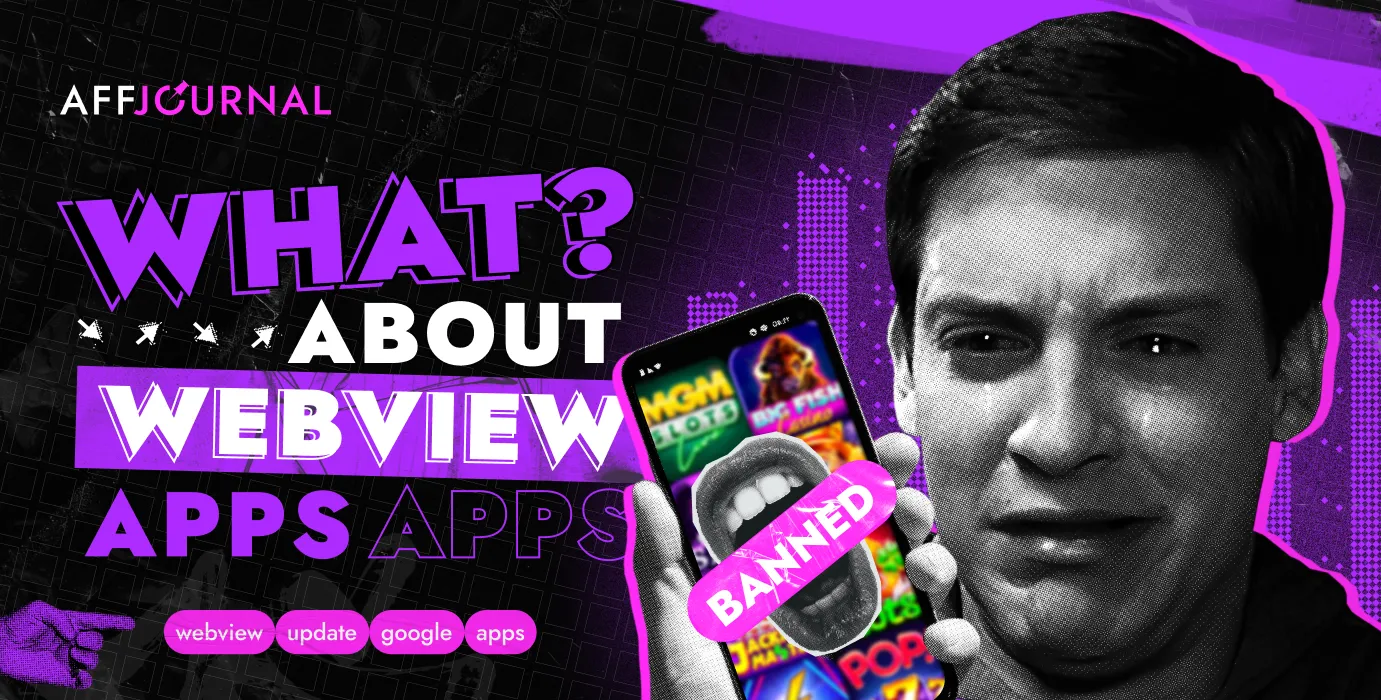

by Editor
The entire arbitrage community is actively discussing the Google Play policy update regarding developers and applications on this platform, which was published in November 2023. According to the new rules, all developers, including those who were already registered in the store, must undergo mandatory verification. Additionally, new applications must now undergo mandatory testing for a period of at least two weeks with a target group of testers consisting of 20+ users.

Many are already predicting the end of an era of native Android apps and are desperately seeking ways to bypass the new restrictions. We’ll talk about this today. Let's understand the implications of this update, the prospects for webview applications, and what alternatives can be used to adapt to the changes and continue to benefit from this popular and profitable platform for promoting gray offers.

What's next?
Let's start with a brief historical overview. Tightening the screws on Google Play began back in the 2021-2022 period when having just a warmed-up account and an APK file was no longer sufficient. Subsequently, three consecutive waves of restrictions were introduced. Under each of them, webmasters had to adapt to stay afloat.
Due to the updated rules, the use of native Android applications will become increasingly difficult, expensive, and impractical. The main reason for increasing control over the quality of applications is the huge fines that Google is forced to pay to state regulators in various GEOs.
History is cyclical, and we’re currently on another turn of its spiral. All that remains for arbitrageurs is to seek alternatives to the traditional method of traffic acquisition via webview, which will soon be available only to a small cohort of large media buying teams.
Viable alternatives
It's time to start thinking about how not to lose revenue from promoting gray verticals through Google Play. There are several possible options that arbitrageurs of all kinds are increasingly using:
- PWA applications. Progressive Web Apps (PWAs) are an excellent alternative to native apps. This is a more technological and modern solution that externally looks like a regular application. However, in essence, it's a landing page wrapped in an app. There is no need to go through moderation, wait for the app to be uploaded to the store, or cut creatives to comply with restrictions. And thanks to services like PWA Group, you can create such an app in just a few minutes.
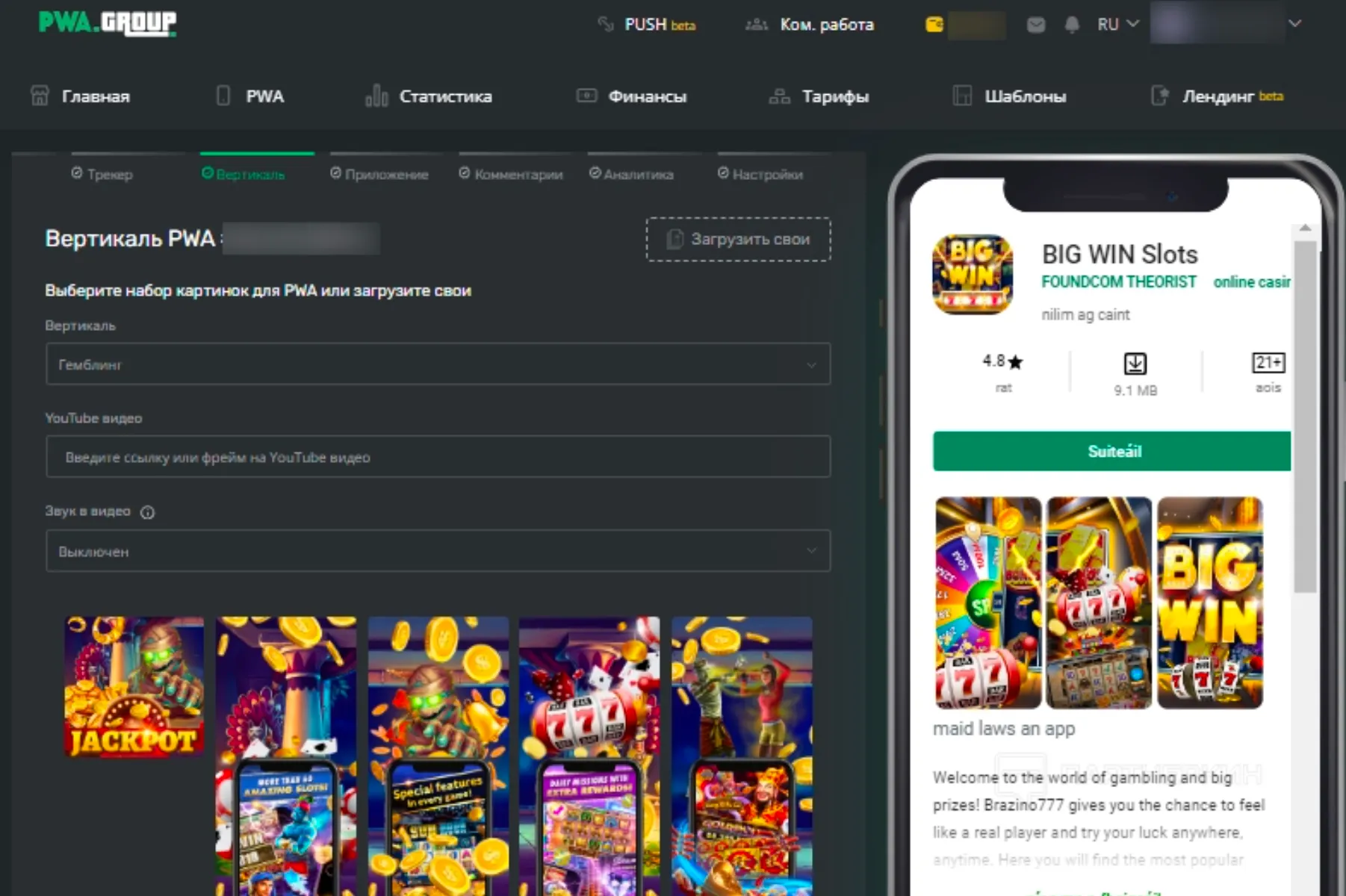
The app's design can be changed at any time without the need for re-verification and moderation. Moreover, it's not necessary to hire a third-party developer; everything can be done by yourself in just a few clicks. With such ease of creation and editing, the familiar functionality of webview applications is preserved, including push notifications.
- Transition to iOS. Some webmasters prefer to completely switch to promotion through iOS apps. Their main argument is the more financially capable audience. It's hard to disagree with this, but the development of apps for the Apple audience itself costs 30-40% more, plus it requires strict moderation from the App Store.
However, there is good news for those who have chosen this method. According to Bloomberg, in 2024, Apple is expected to allow the installation of apps on its devices from third-party sites due to the EU Antitrust Committee law from 2022. This innovation will only be available to users from the European Union, but it's still a tempting opportunity for webmasters promoting gray offers.
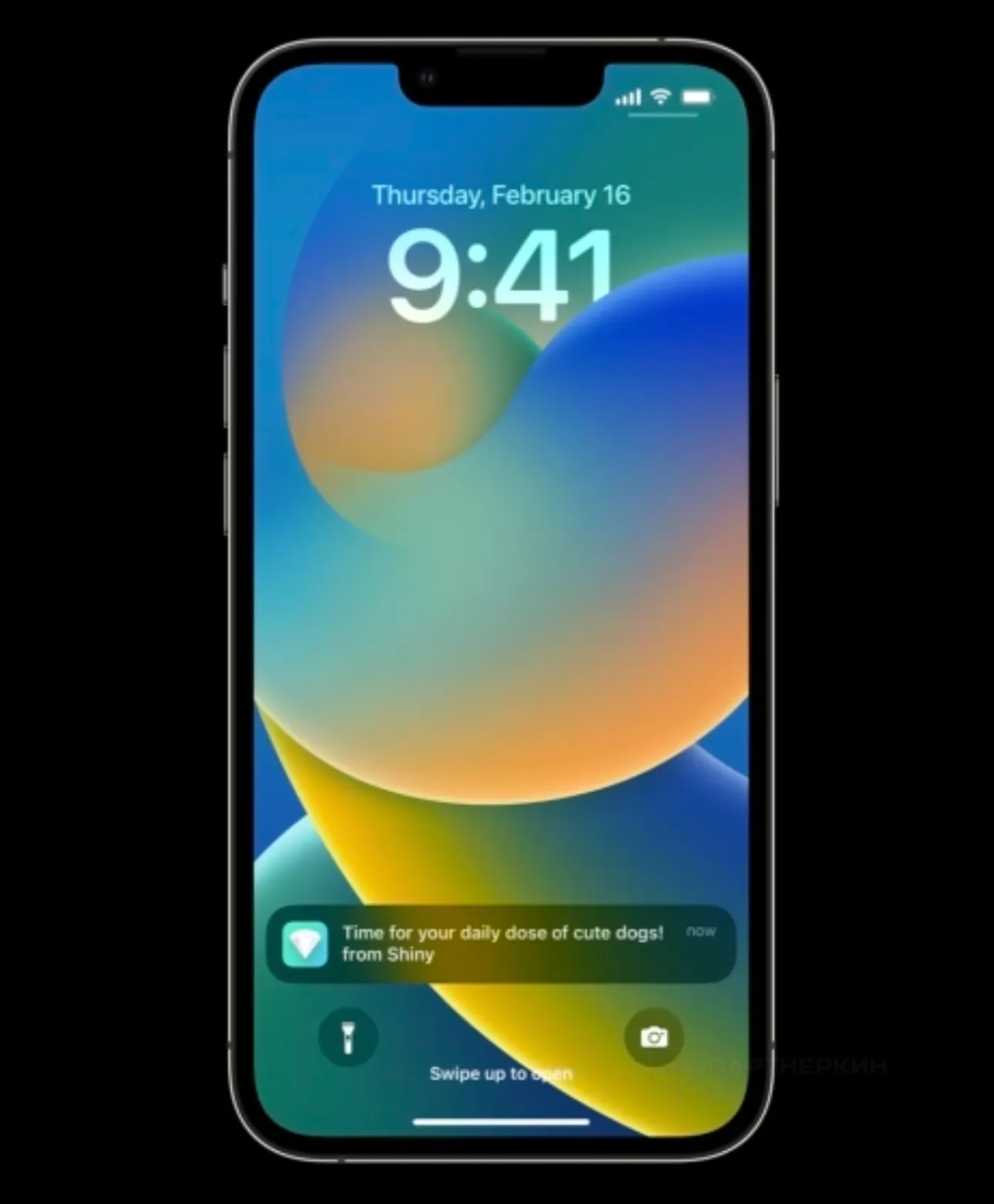
Another piece of good news is the rumors circulating among iOS developers about the release of PWA apps for this operating system. If this happens, webmasters can expect a truly new era of traffic acquisition through mobile applications.
- Direct linking / complex funnels. This is the least pleasant method chosen by seasoned arbitrageurs accustomed to doing everything manually and constructing cumbersome setups. When direct linking, a large budget for consumables such as payments, accounts, proxies, etc., will be required. When building complex chatbot funnels, additional testing of combinations will be necessary, with no guarantee of their profitability due to unfamiliarity for end-users.
Instead of a conclusion
The era of native applications on Google Play is coming to an end. For many, this is a disappointment and a definite loss of a profitable and familiar source of traffic. However, for those who can adapt, it's a time of new opportunities and earning prospects. Many webmasters using an online builder to create PWA applications have no regrets about abandoning classic apps. Promoting through PWAs is simpler and cheaper than developing webview and going through moderation.

by Editor
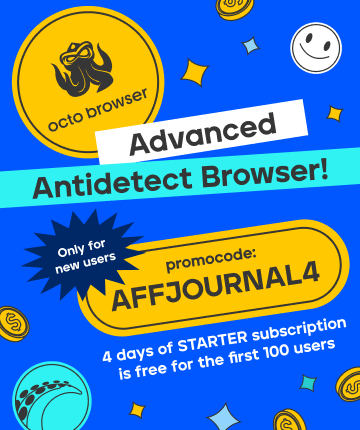

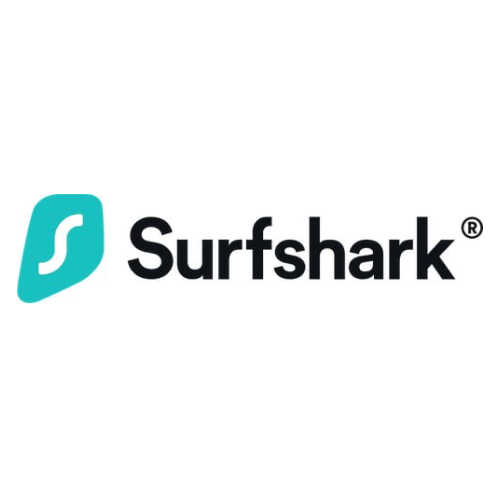
comments ....(0)
Leave a comment
You must be in to leave a comment